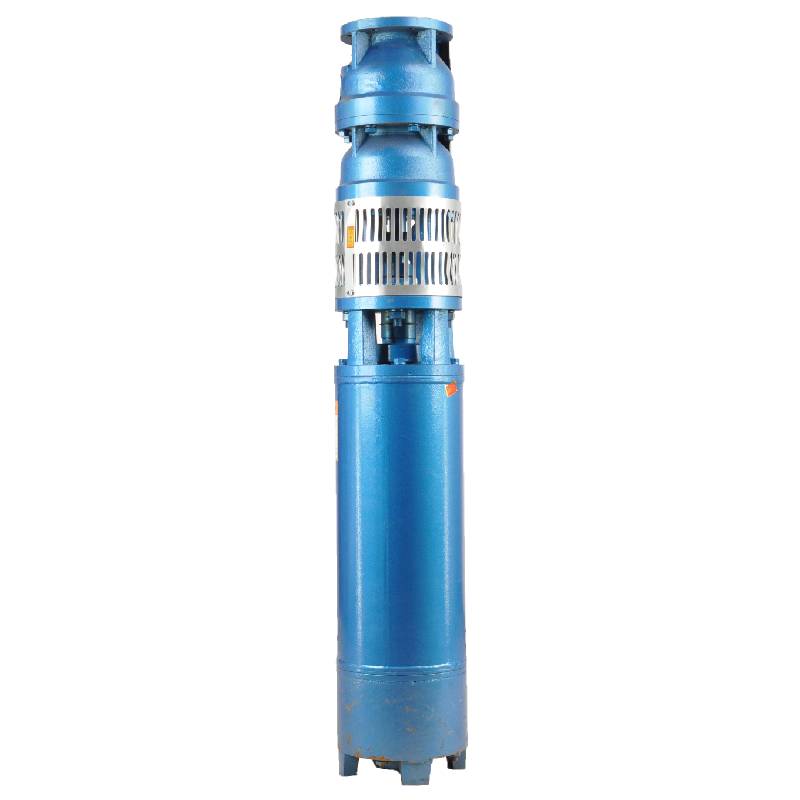Nov . 28, 2024 05:56 Back to list
Common Issues with Submersible Water Pumps and Effective Remedies
Common Submersible Water Pump Problems and Solutions
Submersible water pumps are essential components in various applications, including drainage, sewage disposal, and agricultural irrigation. While they are designed for long-term use and efficiency, they can still encounter a range of problems. Understanding these issues and their solutions can help you maintain your pump's performance and longevity.
1. Pump Won't Start
One of the most frequent issues with submersible water pumps is that they do not start. This can be caused by various factors, including electrical issues, such as a blown fuse or a faulty power supply. To troubleshoot this problem, start by checking the power source. Ensure that the pump is properly connected to electricity and that the circuit is functioning. If everything seems in order but the pump still won’t start, inspect the pump’s internal components for damage or blockages.
2. Insufficient Water Flow
If your submersible pump is running but not providing sufficient water flow, it may be experiencing blockages or wear and tear. Check the intake screen or filter for debris and clean it thoroughly. Additionally, the impeller could be damaged or worn down, which restricts water flow. Replacing the impeller can often restore the pump’s efficiency.
3. Overheating
Overheating is another common problem that can lead to pump failure. If a submersible pump runs too hot, it can cause extensive damage to its motor. Common causes of overheating include running the pump dry or having it clogged with debris. Always ensure that the pump is fully submerged in water during operation. Regular maintenance, such as cleaning the pump and its components, can help prevent overheating.
submersible water pump problems and solutions

Submersible pumps should operate quietly. If you hear strange noises, it may indicate a problem. Common reasons for noise include loose components or cavitation, which occurs when the pump is not receiving enough water. Check for loose bolts or fittings, and ensure that the pump is adequately submerged to prevent cavitation.
5. Tripping Circuit Breaker
If your pump frequently trips the circuit breaker, this can indicate an electrical fault or an overloaded circuit. To address this issue, check for frayed cables or faulty wiring. It’s also wise to examine the pump's motor for signs of damage. If you're unsure how to proceed, consult a professional electrician to ensure safety and proper handling.
6. Pump Seals Leaking
Leaks can occur around the pump seals due to wear over time. Inspect the seals regularly and replace any that show signs of degradation. Keeping seals in good condition is vital for preventing water from entering the motor and causing electrical failures.
7. Floating Debris
Submersible pumps can often draw in floating debris or sediment, leading to blockages and reduced functionality. To prevent this, consider installing a pre-filter or positioning the pump at an appropriate depth where it won’t intake debris. Regular inspections can help identify any buildup that could impede performance.
Conclusion
Maintaining your submersible water pump is essential for its ongoing reliability and effectiveness. By understanding these common problems and their solutions, you can take proactive measures to ensure the longevity of your pump. Regular maintenance, including inspections and prompt repairs, can help you avoid costly breakdowns and keep your water pumping efficiently. If issues persist despite your best efforts, contacting a professional technician may be necessary to diagnose and fix underlying problems.
-
Submersible Water Pump: The Efficient 'Power Pioneer' of the Underwater World
NewsJul.01,2025
-
Submersible Pond Pump: The Hidden Guardian of Water Landscape Ecology
NewsJul.01,2025
-
Stainless Well Pump: A Reliable and Durable Pumping Main Force
NewsJul.01,2025
-
Stainless Steel Submersible Pump: An Efficient and Versatile Tool for Underwater Operations
NewsJul.01,2025
-
Deep Well Submersible Pump: An Efficient 'Sucker' of Groundwater Sources
NewsJul.01,2025
-
Deep Water Well Pump: An Efficient 'Sucker' of Groundwater Sources
NewsJul.01,2025
-
 Submersible Water Pump: The Efficient 'Power Pioneer' of the Underwater WorldIn the field of hydraulic equipment, the Submersible Water Pump has become the core equipment for underwater operations and water resource transportation due to its unique design and excellent performance.Detail
Submersible Water Pump: The Efficient 'Power Pioneer' of the Underwater WorldIn the field of hydraulic equipment, the Submersible Water Pump has become the core equipment for underwater operations and water resource transportation due to its unique design and excellent performance.Detail -
 Submersible Pond Pump: The Hidden Guardian of Water Landscape EcologyIn courtyard landscapes, ecological ponds, and even small-scale water conservancy projects, there is a silent yet indispensable equipment - the Submersible Pond Pump.Detail
Submersible Pond Pump: The Hidden Guardian of Water Landscape EcologyIn courtyard landscapes, ecological ponds, and even small-scale water conservancy projects, there is a silent yet indispensable equipment - the Submersible Pond Pump.Detail -
 Stainless Well Pump: A Reliable and Durable Pumping Main ForceIn the field of water resource transportation, Stainless Well Pump has become the core equipment for various pumping scenarios with its excellent performance and reliable quality.Detail
Stainless Well Pump: A Reliable and Durable Pumping Main ForceIn the field of water resource transportation, Stainless Well Pump has become the core equipment for various pumping scenarios with its excellent performance and reliable quality.Detail
